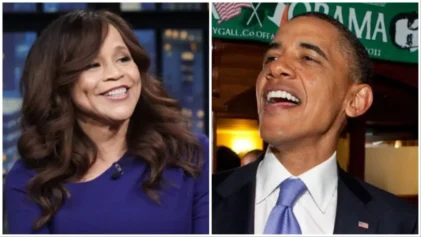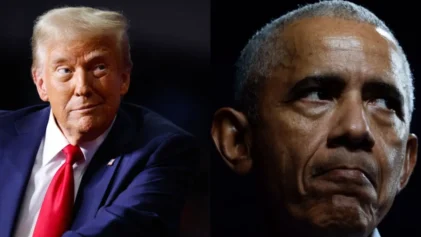Kimberly Kelley says she thinks voter fraud isn’t limited to political affiliation, and wants to make sure it doesn’t play a role in the upcoming presidential election.
The Tampa resident will be among the thousands on hand at voting precincts across the country on Election Day to verify that everything runs as it should.
“I believe there is fraud both ways,” said Kelley, registered Republican and member of the group Tampa Vote Fair. “I don’t think it’s a specific group. We’re just there to observe. We’re not going to intimidate anyone.”
She’ll hardly be alone, as poll watchers from unions, immigration groups and other organizations favoring greater voter access will also be on hand. Gihan Perera of the group Florida New Majority said training sessions are being held for observers and communications lines set up to respond to problems.
With polls showing a close race between President Barack Obama and Republican nominee Mitt Romney, a relative handful of votes either way in a battleground state like Florida or Ohio could make all the difference. The potential for disruptive crowds of observers at some precincts has sparked fears that voters may be intimidated, harassed or have their eligibility to vote challenged directly.
The concern is particularly intense among African-American and Hispanic voters, who historically have suffered discrimination, only to be targeted anew in more recent elections, civil rights leaders charge.
“People have suffered and bled for our right to vote,” said the Rev. Victor T. Curry, pastor of New Birth Baptist Church in Dania Beach, north of Miami. “We will have monitors who will monitor the monitors.”
Groups such as True the Vote, a Houston-based organization with links to the Tea Party, refer to their activities as “election integrity.” For those fearing suppression attempts, it’s all about “voter protection.” Both sides are organizing people around the country to be their poll watchers.
“Every eligible American voter deserves the opportunity to participate in a fair and legal election process, even those Democrats and left-leaning organizations who continually cast false aspersions about our efforts,” True the Vote founder Catherine Engelbrecht said in an email. “We support lawful election processes.”
Recent studies by New York University’s Brennan Center for Justice and by the research and advocacy organization Demos show that voter intimidation and challenges are not relics from the past.
In a 2011 state legislative election in Massachusetts, dozens of challenges were filed by poll monitors affiliated with tea party groups against Latino voters in Southbridge. Several voters said they felt intimidated in a vote that wound up in a court-ordered tie.
In 2010, a coalition of Minnesota conservative groups called Election Integrity Watch offered $500 to anyone who provided tips about fraud and encouraged volunteers to take photos and videotape voters at the polls, according to Demos research. It’s unclear if these tactics were widely deployed or whether they deterred voters from casting ballots.
True the Vote poll watchers used inaccurate voter lists to challenge a number of college students during the 2012 recall election of Wisconsin Gov. Scott Walker, resulting in a disruptive atmosphere in which an undetermined number of students opted not to vote rather than wait in long lines. The impact on the recall’s outcome is uncertain, but Walker prevailed in the overall vote.
States have specific rules regarding who is allowed inside polling places and how close outside observers can get. In Florida, those on the outside must stay at least 100 feet away. Most states also allow private citizens to directly challenge the eligibility of voters — for example, claiming they don’t have proper identification — although not all of those challenges can be made on Election Day.
The Justice Department will appoint observers under the 1965 Voting Rights Act who will be geared mainly toward guaranteeing that minority voters are not interfered with at the ballot box. This third group of monitors will be sent to precincts that officials deem most at risk of voting access violations.


